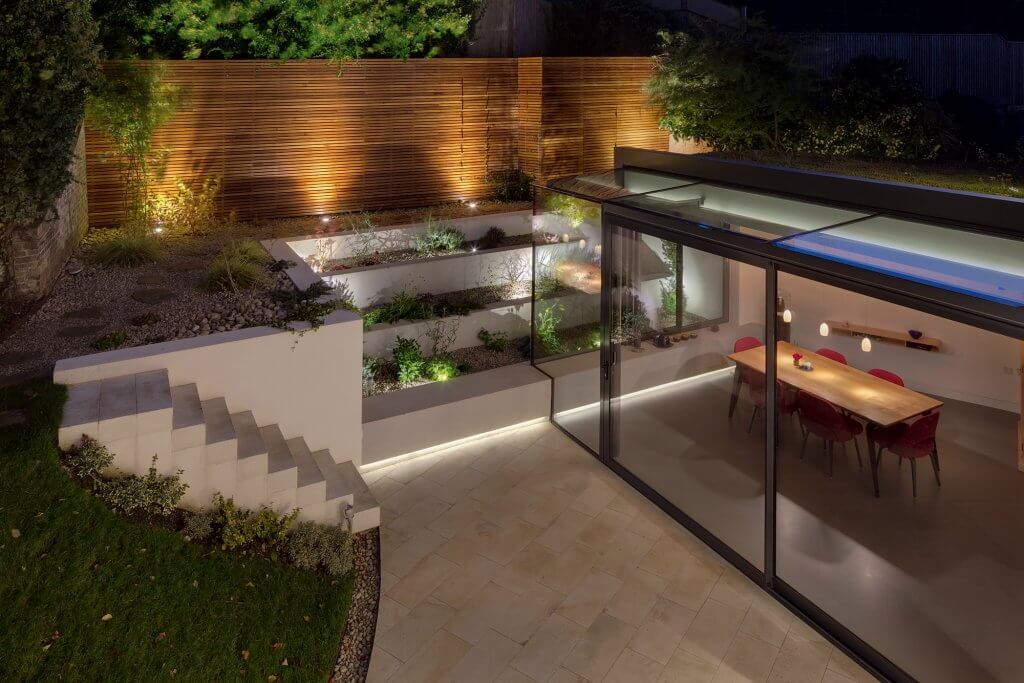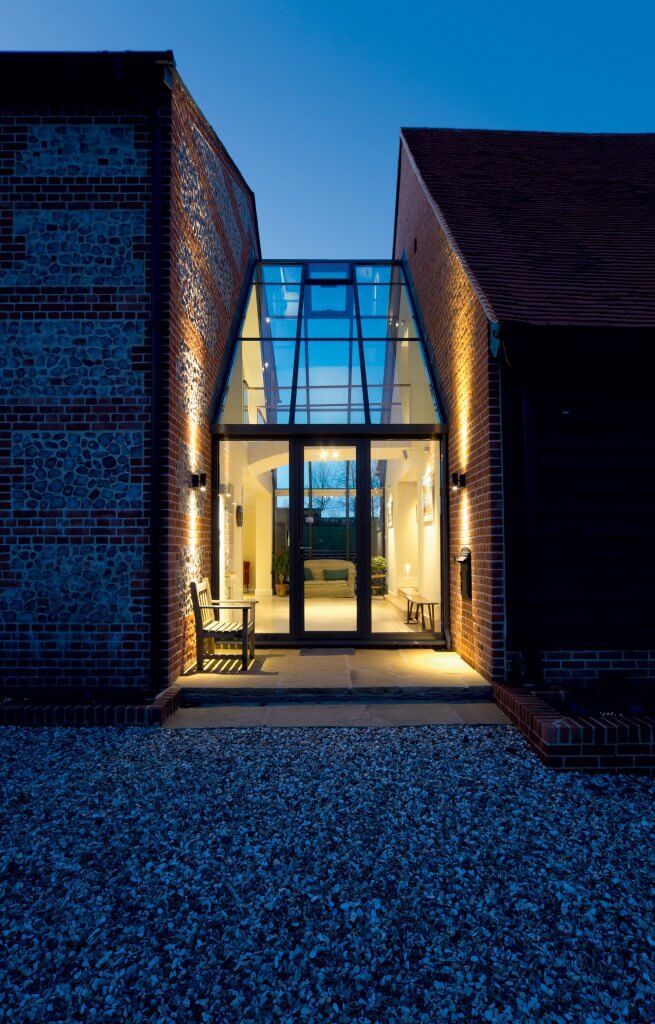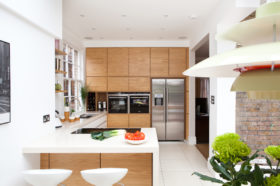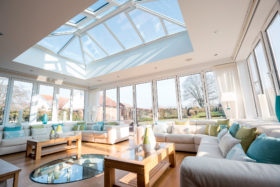
Learn from the experts with our online training course!
Use the code BUILD for 20% off
Learn from the experts with our online training course!
Use the code BUILD for 20% offLighting can totally transform your space, so it pays to give it as much thought outdoors as you would inside the house.
It can draw attention to specific features, illuminate paths and help make your garden a safe, enjoyable place in the evenings.
To achieve a successful scheme you’ll have to plan ahead – ideally before your build is finished – and incorporate a mix of up and down lighting throughout.
It’s becoming more common to combine fittings in planting with lighting in hard landscaped areas , such as plinths and steps, which will require you to plan the wiring early on.
| Find the perfect finishing touches for your project at Build It Live. Watch live presentations on a variety of self build and renovation topics, browse thousands of products and get your specific questions answered.
Build It Live takes place three times a year in Kent, Oxfordshire and Exeter. The next show will be on 22nd and 23rd February 2025 in Maidstone, Kent. Claim a pair of free tickets today and start planning your visit. |
The cladding and finishes will play a crucial role when it comes to choosing fittings. For stonework surfaces the trend is wall grazing – placing the lamp within 300mm of the wall – as it will bring out the texture and craftsmanship details, creating a stunning facade.
Timber-clad and rendered surfaces may benefit from placing the fixtures further away – wall washing – to give an even application of light.


Identify the focus areas outside your home – such as particular wall textures, columns and trees, or even windows – and aim to illuminate those.
A selection of varied fittings can achieve much more than simply lighting the place. Remember, details and finishes can be made or marred by the lighting.
Evaluate how you’ll be using your spaces, too. It’s likely you’ll want to spend more time outside during the warmer months, so aim for a scheme that allows for a relaxing evening al fresco. In winter, a well-lit garden can vastly improve the inside-outside feel.
You’ll be able to look further out and bring nature into your interior space, as opposed to having windows act like a mirror.
Melanie Shaw, director and senior designer at Brilliant Lighting, shares her top tips:
In terms of practical considerations you’ll want to make sure paths, steps and entrances have enough light to be safe. But the principles of an exterior lighting scheme are very similar to those of an interior one: paying close attention to the structure of the space, identifying the focal points and using light to emphasise those striking elements that otherwise you wouldn’t see at night.
Understanding sight lines is important, too. How we perceive light varies from different angles, so you should think about how it’s going to look across all areas.
A well thought-out scheme can enhance the look and feel of your materials. However, to achieve this effectively you have to be selective – which is why you should know where you want to draw attention to before placing any fittings. You could, for instance, choose to accentuate an arch or other strong vertical, as well as a particular stone or wood texture.
Lighting the entire building can be confusing because you lose the focal points. Blanket lighting everything means your eye is not drawn to the things you actually want to show off and the scheme loses definition. People should be careful not to get carried away and end up with too many fittings they don’t really need.
First you’ll have to plan in advance and in detail. This means understanding what you want to illuminate and making provisions early enough in the build process to achieve it. It’s not enough to say that you want a light in a particular location; you need to know what fitting, too, so you can run the right cable, create the right installation points and fit the appropriate drivers.
You should also aim to remove points of failure. For example, correctly rated Ingress Protection (IP) fittings are required in wet areas. However, the weakest point is usually the connection between fittings and drivers – so make sure those are installed in dry spots. Not taking this into account is a common mistake.
Lastly, I’d say don’t overdo it and remember that less can be more. If in doubt, engage the help of a designer.
Being selective in your scheme is not only a good design principle; it’s also good for your budget. By focusing on key elements or finishes, you can target your spend on where it’s going to have the most effect.
It’s critical to buy good quality fittings, too. Look at the IP ratings before buying – the higher the first digit is, the better your product is shielded from solid objects, while the second refers to protection against moisture.
You should also purchase from proven external lighting suppliers. Using the right fitting once is a lot less expensive than paying for remedial work later on.

